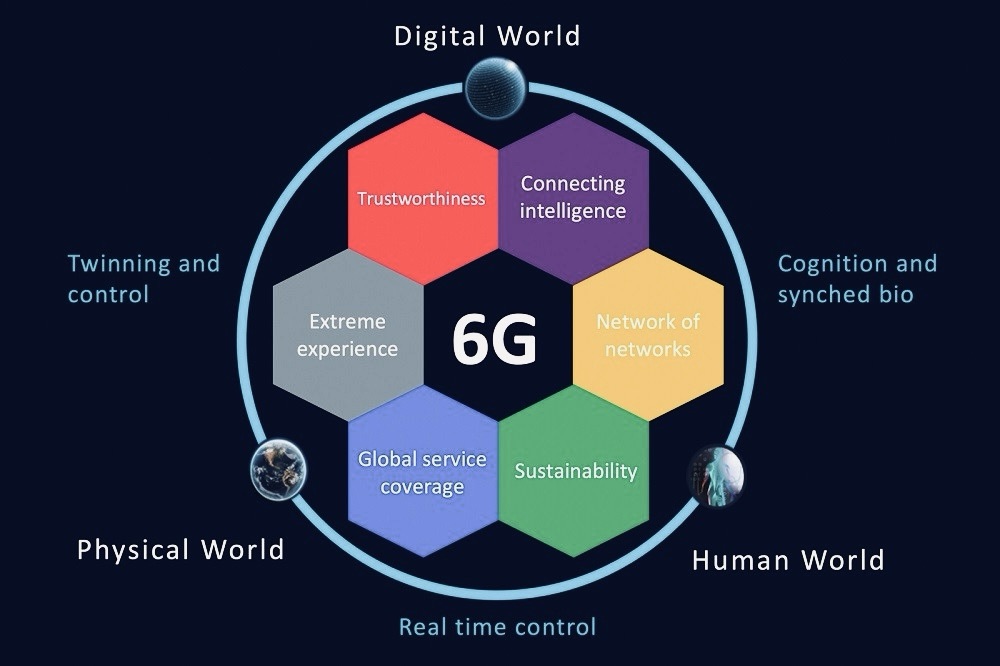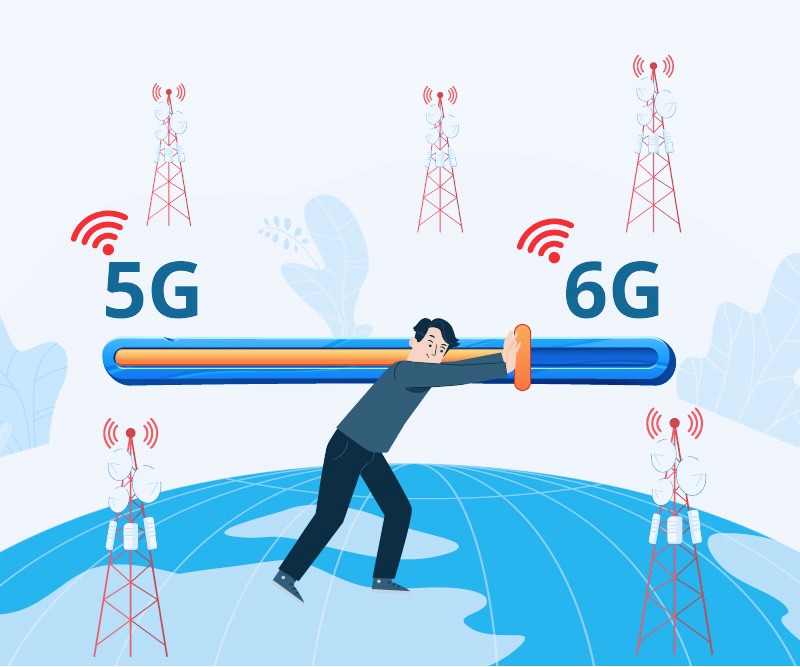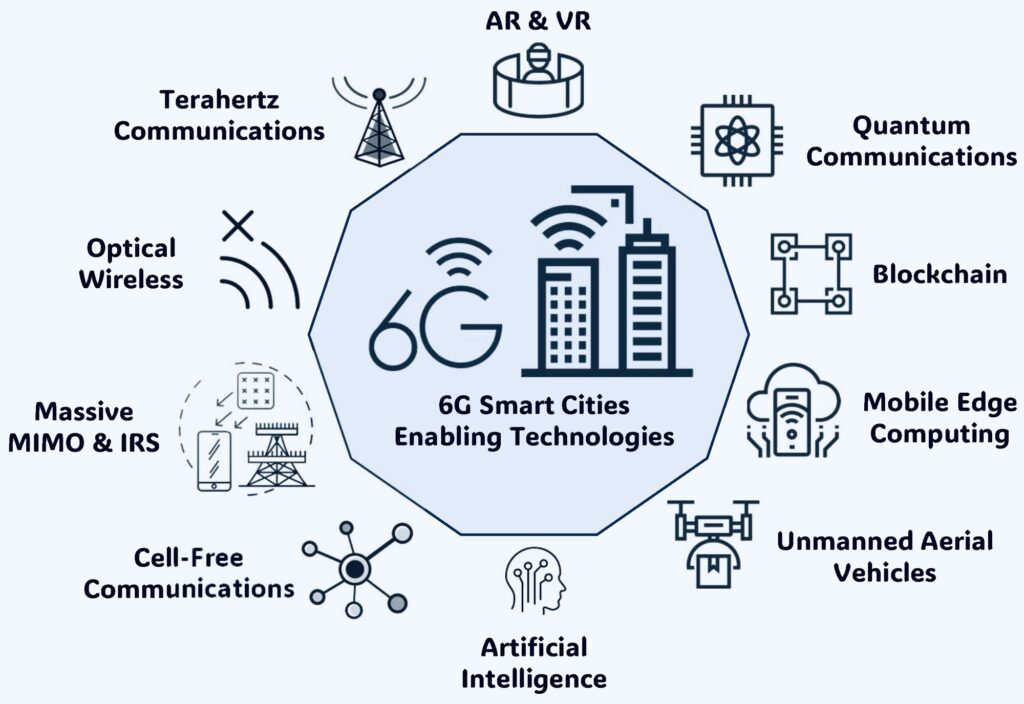The world is becoming more interconnected than ever before, thanks to advancements in wireless technology and the Internet of Things (IoT). With 5G already revolutionizing industries and 6G on the horizon, the way we live, work, and communicate is undergoing a massive transformation. But what exactly do these technologies mean for businesses and consumers? How will they shape the future of IoT? In this guide, we’ll explore the impact of advanced connectivity (5G/6G) and IoT, their benefits, challenges, and what lies ahead.
Understanding Advanced Connectivity: 5G and 6G
Before diving into how these technologies integrate with IoT, let’s break down what 5G and 6G actually are.
What Is 5G?
5G, or fifth-generation wireless technology, is the latest standard in mobile networks, offering:
- Faster speeds (up to 10 Gbps, 100x faster than 4G)
- Lower latency (as low as 1ms)
- Higher capacity (supporting millions of devices per square kilometer)

What Is 6G?
While still in development, 6G is expected to push boundaries even further with:
- Terahertz (THz) frequencies for ultra-fast data transfer
- AI-driven network optimization
- Near-instant global coverage via satellite integration
The Role of IoT in Advanced Connectivity
The Internet of Things (IoT) refers to a network of interconnected devices that collect and exchange data. With 5G and eventually 6G, IoT applications will become more efficient, scalable, and powerful.

Key IoT Applications Enhanced by 5G/6G
- Smart Cities: Traffic management, energy efficiency, and public safety.
- Healthcare: Remote surgeries, real-time patient monitoring.
- Autonomous Vehicles: Faster vehicle-to-vehicle (V2V) communication.
- Industrial IoT (IIoT): Predictive maintenance and automation.
Benefits of 5G/6G and IoT Integration
The combination of these technologies unlocks unprecedented opportunities:
- Real-time data processing for instant decision-making.
- Massive device connectivity without network congestion.
- Enhanced AI and machine learning capabilities.
Challenges and Considerations
Despite the advantages, there are hurdles to overcome:
- Infrastructure costs for 5G/6G deployment.
- Security risks with increased IoT endpoints.
- Regulatory and standardization challenges.

Future Trends in Advanced Connectivity and IoT
Looking ahead, we can expect:
- 6G commercialization by 2030 with AI-native networks.
- Expansion of edge computing for faster IoT processing.
- Growth in smart ecosystems (homes, cities, industries).
FAQ Section
1. How does 5G improve IoT performance?
5G reduces latency and increases bandwidth, allowing IoT devices to communicate faster and more reliably.
2. What industries benefit most from 5G and IoT?
Healthcare, manufacturing, transportation, and smart cities see the most significant impact.
3. Is 6G necessary if 5G is already fast?
6G will enable even faster speeds, AI integration, and global coverage, supporting next-gen IoT applications.
4. Are there security risks with IoT and 5G?
Yes, more connected devices mean more vulnerabilities. Strong encryption and zero-trust frameworks are essential.
5. When will 6G be available?
Expect initial deployments around 2030, with full commercialization later in the decade.
Conclusion
The synergy between advanced connectivity (5G/6G) and IoT is reshaping industries and daily life. From smarter cities to AI-driven healthcare, these technologies promise a faster, more connected future. While challenges remain, ongoing advancements will continue to push the boundaries of what’s possible. Stay ahead by understanding these trends and preparing for the next wave of innovation.
What excites you most about 5G/6G and IoT? Share your thoughts in the comments below!
